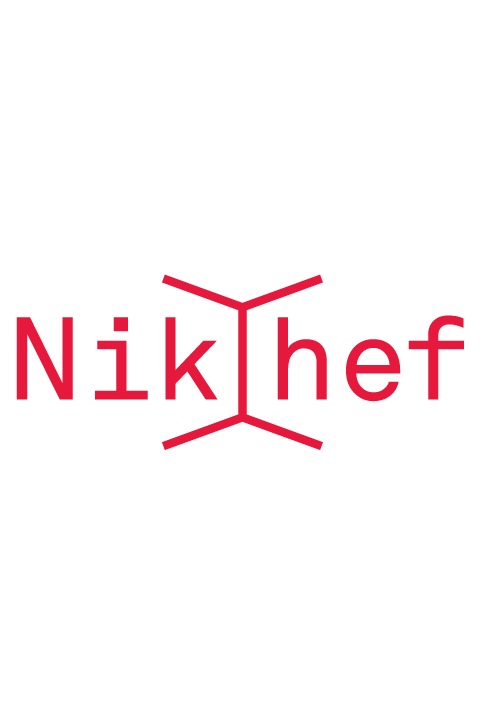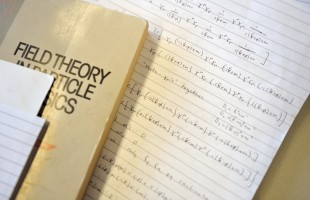Forget the pictures in textbooks of the proton consisting of three quarks, two up and one down, plus some gluons. A new study by Nikhef theorist Juan Rojo and others shows that the nucleus of the hydrogen atom is a barrel of surprises.
In the study, Rojo and a team of theorists from Nikhef, Milan, Cambridge and Edinburgh show that the proton is not a simple object with three building blocks, bound in gluons, but a jumble of matter and antimatter, and numerous less common quarks, flitting in and out of existence. “The proton is a quantum object, which keeps showing new and surprising things as you zoom in closer,” says the Spanish-origin Nikhef researcher, an associate professor at the VU.
In the new paper, published on arXiv, the team of proton researchers under the name NNPDF brings together countless measurements from all kinds of experiments to depict the subtleties of the particle.
The result is an accurate description of the complicated proton that, conversely, describes the outcomes of experiments to within about one percent. The classical approach of quantum chromodynamics (QCD) has never succeeded in doing this, mainly because the calculations of the strong nuclear force quickly become infinitely complicated.
The picture that emerges from the analyses is a more complicated object than the textbooks depict the proton. For example, in addition to up- and downquarks, bottom quarks and antiquarks sometimes appear in it, always in such a way that no quantum rules are violated. There are also indications that the charm quark belongs to the inventory. A paper on that is in the works.
Many of these new analyses of measurement data have been done using artificially intelligent software, which is described in a second paper. That article, also on arXiv, is open source: anyone can download the code and use it themselves, albeit after the necessary training. “We believe very much in open science and transparency,” Rojo says of the approach. “It takes science much further than if everyone keeps everything to themselves.”
The detailed picture of the proton’s structure is crucial to the progress of research in particle physics, Rojo stresses. In accelerators such as the Large Hadron Collider at CERN, the largest in the world, protons are shot hard at each other in order to work out from the debris how particles work at the smallest scale.
Rojo: “For the big discoveries, such as the Higgs particle, it is not so important that protons consist of even smaller parts. But if you want to look at more subtle processes, you have to know very precisely what you are shooting at each other. We’re starting to get to that stage now.”
The new details are particularly important in the next few years when the LHC accelerator will be colliding even more intense beams of protons, looking for subtle deviations from what the Standard Model of particle physics predicts. “Then you have to know very well what you expect,” he says.
Rojo, who has been working on the structure of the proton since his PhD, remains captivated by the particle. “It’s just the nucleus of a hydrogen atom, and everyone has heard of it and thinks we must know everything about it. But it’s not a simple ball, it’s a world of possibilities. And what’s possible in the quantum world, you’ll encounter sometimes.”

